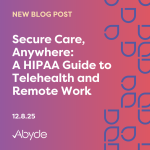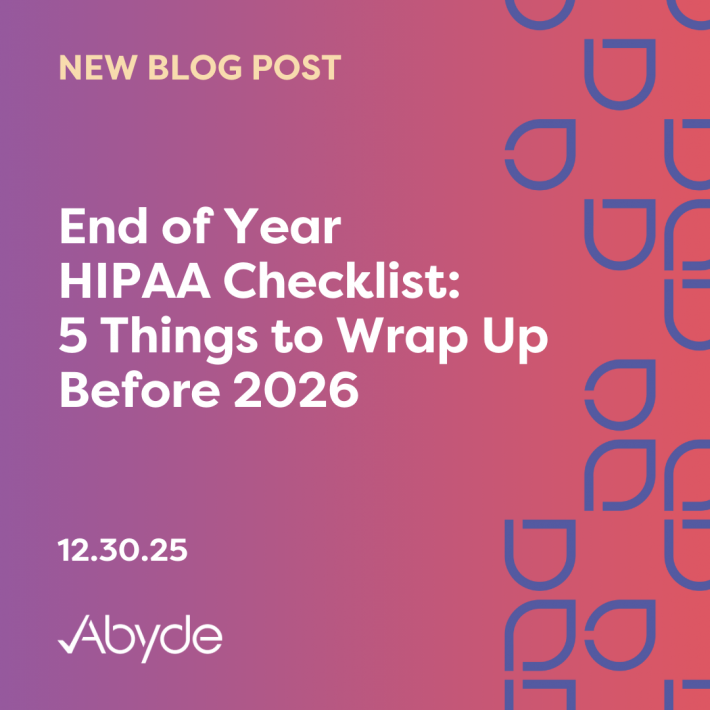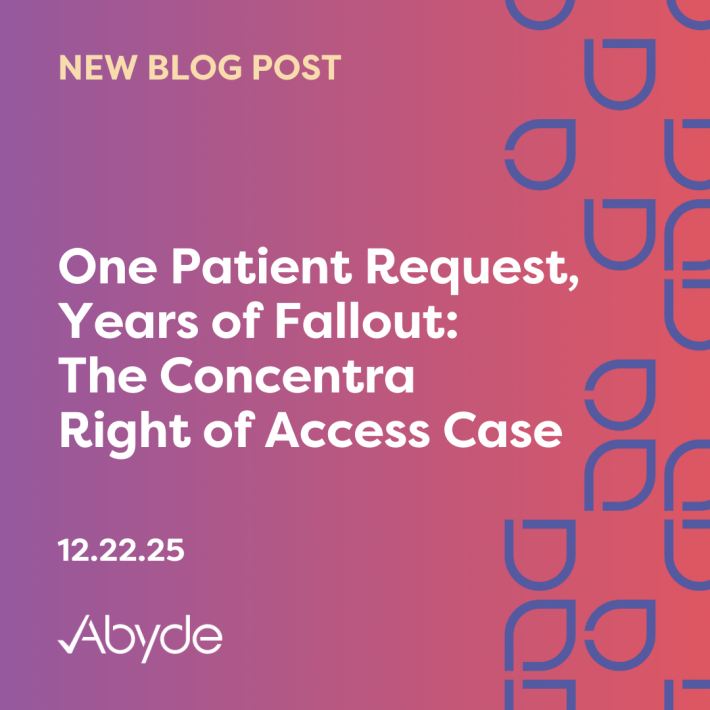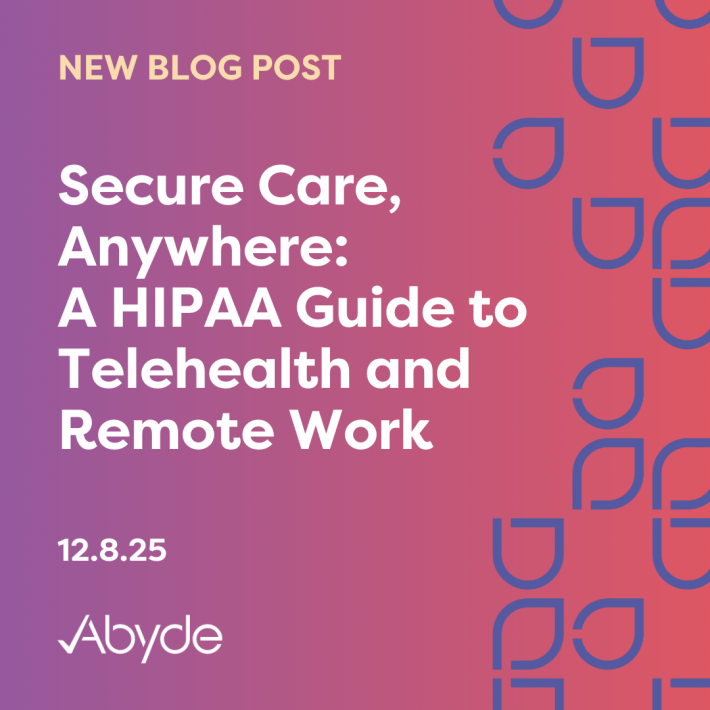September 3, 2021
We’ve all seen enough news headlines to know that the going rate for a HIPAA violation isn’t cheap. This past year has tallied up more than a handful of fines with numbers that might not have Jeff Bezos doing a double-take, but certainly have us seeing dollar signs. Not to mention that the first fine of 2021 brought in $5.1 million alone. And although not every HIPAA violation warrants front-page news status, even the minimum fine amount can do some major damage – especially when it’s a small, independent practice footing the bill.
So if you’re looking for an exact dollar amount, to date the Office for Civil Rights (OCR) has collected on 101 settlements to the tune of $135,328,482. We all know that a check that size doesn’t just add up without reason but what caused it to accumulate and why so high? Well back when HIPAA law was first introduced in 1996, the hope was to establish a set of standards to protect sensitive health information in the medical industry. But as the later published Privacy and Security Rules provided a laundry list of requirements for covered entities to follow, many failed to fully comply. So in 2006, the government came up with a solution and that’s where the HIPAA Enforcement Rule was born. It was this ruling that essentially started the tab on that billion-dollar bill, granting the OCR the right to hold covered entities and their business associates accountable with fines and other penalties for noncompliance.
Now just as the repercussions for speeding are understandably different than they are for a case of highway robbery, HIPAA fines also come with a “prices may vary” label attached. Each penalty is determined based on the extent to which the organization was aware that HIPAA rules were being violated and is broken down into the following four tiers:
- Tier One: If the covered entity was found to be unaware of the violation, they could receive a fine ranging anywhere from $100 – $50,000 per incident with a maximum penalty of $25,000 per year.
- Tier Two: If there’s reasonable cause that the covered entity knew or should have known about the violation, they could receive a fine ranging from $1,000 – $50,000 per incident and a $100,000 maximum penalty per year.
- Tier Three: If it was found that there was willful neglect of HIPAA rules BUT the violation was corrected within 30 days of discovery, the fines could range anywhere from $10,000 – $50,000 per violation with $250,000 maximum per year.
- Tier Four: If the covered entity acted with willful neglect AND failed to make a timely correction, they could face a total of $50,000 per violation with a maximum fine of $1.5 million per year.
If you were wondering, that “per incident” statement is the reason why we see those multi-million dollar fines – and what comes with HIPAA’s many different rules is a lot of different ways to break them. But it’s not just the monetary penalties that violators have to worry about. HIPAA settlements are usually a package deal including a corrective action plan that typically involves anywhere from two to three years of OCR monitoring. And if hefty fines and the government breathing down your back aren’t enough to prove just how costly violations can be – in the case that the HHS decides that there was deliberate malicious intent, the Department of Justice can step in and also assign criminal penalties with maximum jail time of 10 years.
We know that the mention of hefty fines and possible jail time definitely puts a damper on things, but with every “bad news” there’s typically good to follow. So the good news is there are ways to help avoid these worst-case scenarios, and recently passed legislation like the Safe Harbor Law to protect against incidents like data breaches that aren’t as easily avoidable. But the best protection? Having a full understanding of your organization’s responsibilities and a complete HIPAA compliance program to check all the governments’ boxes. Because after all – with how high the cost of a violation can be, you can’t put a price tag on the peace of mind that comes with being compliant.





